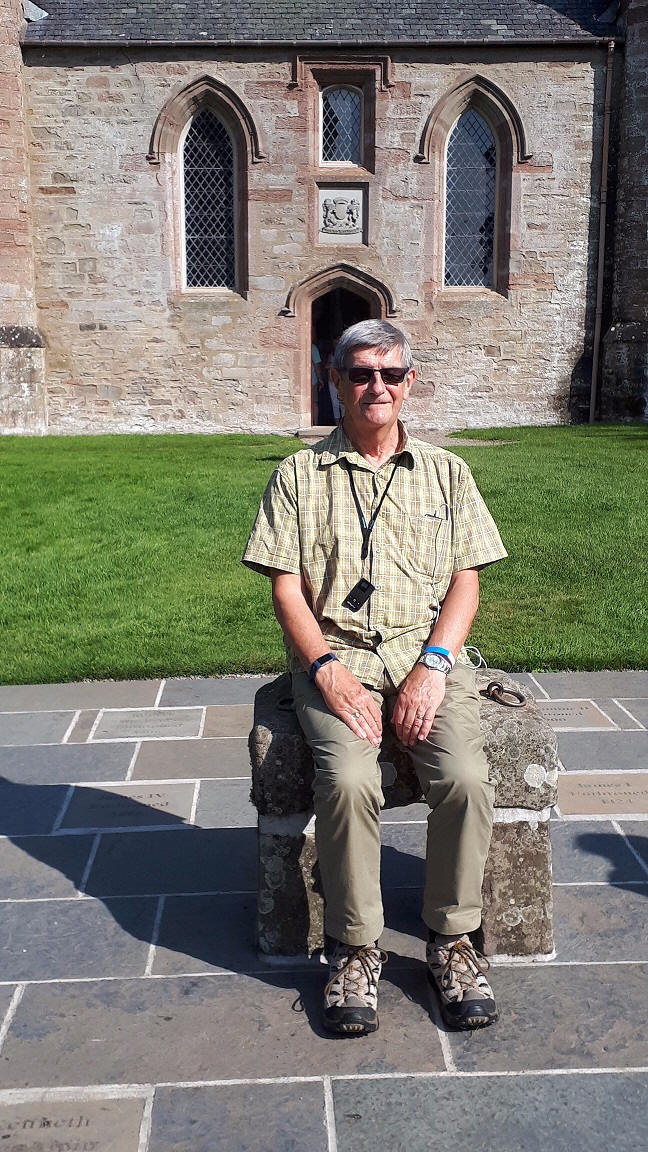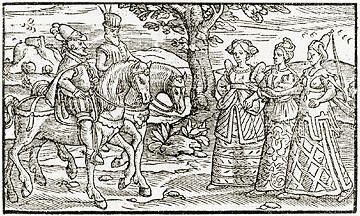The Real Tragedy of Macbeth
Janet and I both enjoy history, and our holidays are
mostly taken up with visiting historical sites, museums, stately homes, etc. We
are definitely NOT beach holiday people! It is no great surprise therefore that
we have taken to using a tour company that specialises in archaeologically
themed holidays. The one we use limits its guests to about 24 per tour, with two
guides: one to organise you to be at the right place at the right time and to
provide you with the appropriate entrance tickets, the other (usually a working
archaeologist) to explain in detail what it is you are looking at. Over the
twenty odd years we have used this company we have had some wonderful
experiences.
And then came Covid and foreign travel was off the agenda!
Last year it was clear that travel abroad was still not advisable, but that a holiday at home was possible with suitable precautions, and, joy of joys, our tour company had a new tour called ‘The Archaeology of Macbeth’, and we could be on the first tour. Us, and six others as it turned out. Everyone was still being very cautious!
It was an excellent tour. Starting in Edinburgh, where we concentrated on James I/VI, his belief in witchcraft, and his patronage of Shakespeare, we then moved north to Elgin in the heart of Macbeth territory in modern day Moray. On the way we visited Scone, where Macbeth was proclaimed King in 1040, the start of a successful and benevolent reign of 17 years. (See picture of Chris sitting on the replica Stone of Destiny. He now claims to be the rightful king of Scotland!)We visited the tiny 12th century church at Birnie, believed to be on the site where Macbeth and Gruoch (aka Lady Macbeth) were married in 1032. We toured Cawdor Castle and Glamis Castle, both of which feature in the play; however, it is unlikely that Macbeth was Thane of either of these places: he was the Mormaer (Google it) of Moray, and therefore ate mere Thanes for breakfast!
Shakespeare’s play centres around the death of King Duncan, murdered in his sleep by Macbeth. In reality, Duncan died in battle just outside Elgin, possibly/ probably against Macbeth, his cousin. The remaining historical documents are gloriously confused, but on one thing they are clear, nobody liked Duncan, and Macbeth was proclaimed King very quickly.
We saw Dunsinane, where Macbeth fought a major battle
against a combined army of Northumbrians and supporters of Malcolm, Duncan’s
son. The real Macbeth was not killed here as in Shakespeare’s play, but at
Lumphanon, three years later, when supporters of Malcolm finally managed to
ambush him. Of course, we visited Lumphanon, where a small outpost would have
guarded the back-route into Macbeth’s Moray territory.
There was much more, but word-count rules!
Like his contemporaries, Shakespeare took his historical stories from Holinshed’s Chronicles published in 1577, which purport to be the history of England, Scotland and Ireland. We now know that large parts of them are simply fiction. Macbeth’s encounters with the witches (see woodcut picture); the murder of Duncan in his sleep; Banquo (believed wrongly to be James 1/VI’s ancestor); Burnham Wood and Dunsinane; the death of Macbeth at the hand of Macduff (not of woman born), are all taken directly from Holinshed: but what a wonderful tragedy Shakespeare wove from it all! As a result of this though, the real Macbeth is wrongly seen as a monster figure across the world.
In truth, as Shakespeare himself could have put it, Macbeth is "more sinned against than sinning". Perhaps this is the real tragedy of Macbeth.
Janet and Chris Porter